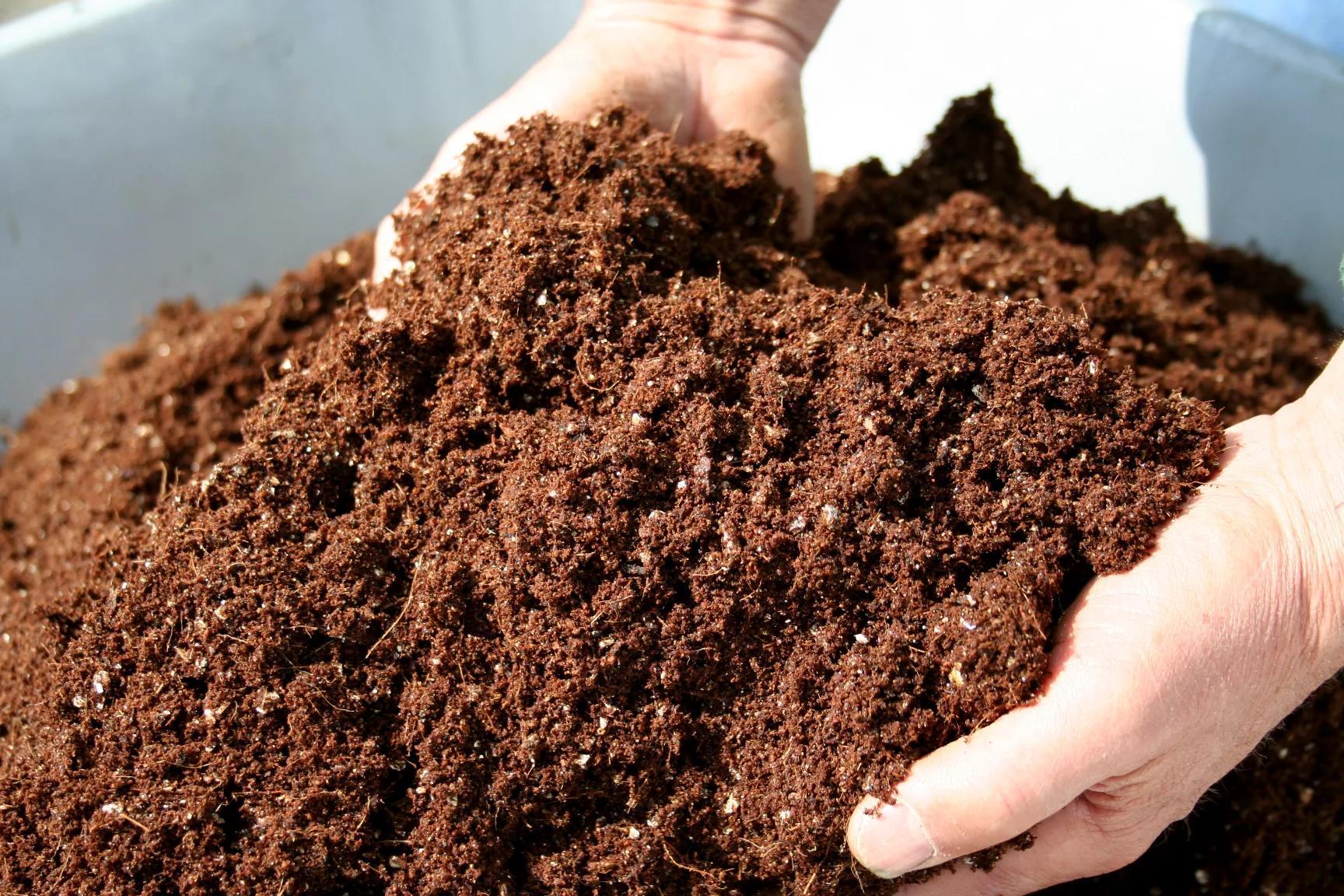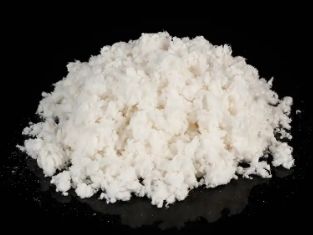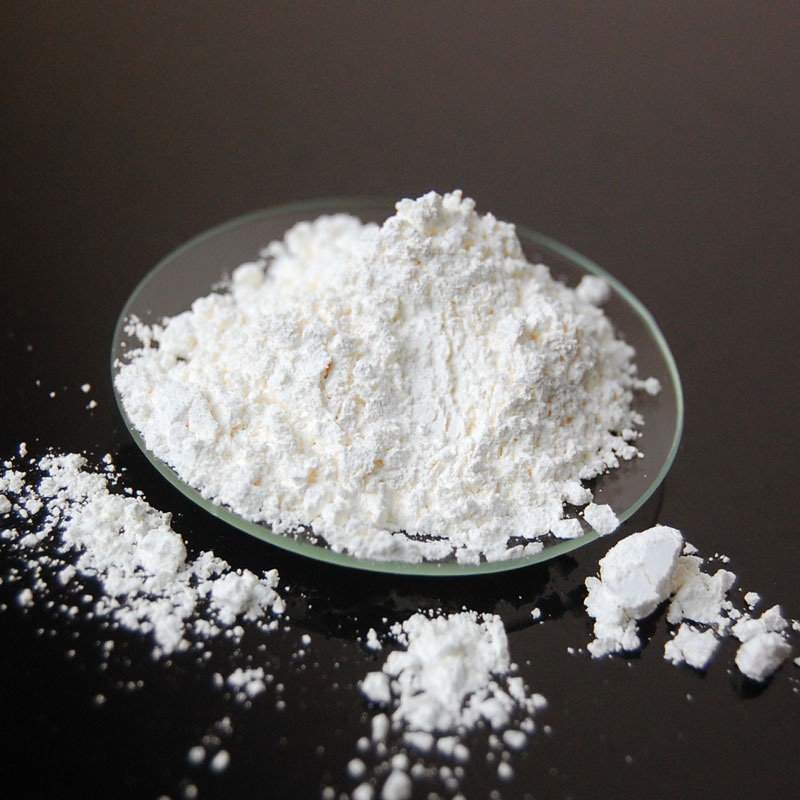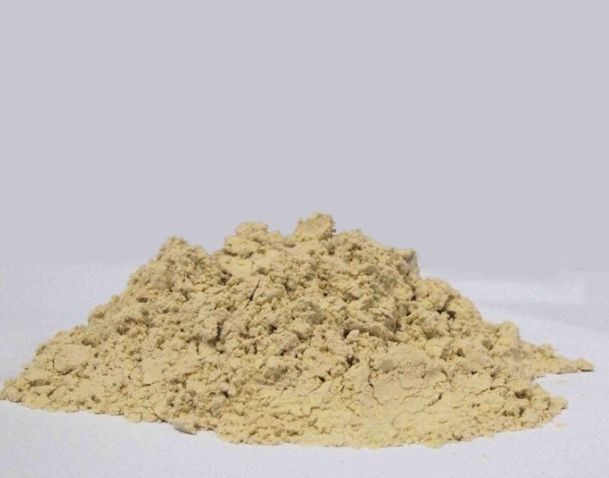
Sodium alginate
Keywords:
organic fertilizer
Straw printing paste
- Product Details
-
Introduction
Broadcast
Sodium alginate, also known as sodium algin, is a class of natural polysaccharides extracted from the cell walls of brown algae such as kelp and giant kelp. At its core, it is a linear, naturally occurring macromolecule—derived from Brown algae Of the class Kelp Or Sargassum seaweed Extract from the middle Iodine And Mannitol The one that follows Byproduct , its molecules are composed of β-D-mannuronic acid (β-D-mannuronic, M) and α-L-guluronic acid (α-L-guluronic, G) linked by (1→4) bonds. Sodium alginate’s aqueous solution exhibits high viscosity and has been widely used as a food additive. Thickening agent 、 Stabilizer 、 Emulsifier And so on. Sodium alginate is a non-toxic food ingredient that was already included in the U.S. Pharmacopeia as early as 1938. In the United States, it’s hailed as a “wonderful food additive,” while in Japan, it’s celebrated as a “longevity food.” [2] Sodium alginate has already been widely applied in the food industry and pharmaceutical field. [3] Commercially available alginate products primarily include water-soluble sodium alginate, potassium alginate, and ammonium alginate, as well as propylene glycol alginate, which is obtained after chemical modification.
Production process
Broadcast
Alginic acid and its salts (calcium, magnesium, and sodium) naturally occur in the cell walls of brown algae. The most commonly used species for producing alginic acid and its salts include Laminaria digitata, Ectocarpus siliculosus, Durvillea antarctica, Ascophyllum nodosum, Fucus vesiculosus, and Sargassum spp. In general, sodium alginate is manufactured by reacting sodium carbonate with alginic acid. The simple manufacturing process is as follows:
1. Wash the seaweed with water and acid to remove water-soluble substances such as sodium chloride, potassium chloride, pigments, mannitol, and soluble proteins.
2. Join Sodium carbonate , convert the insoluble components (alginic acid and calcium alginate) into soluble sodium alginate, then filter out the cellulose (which remains insoluble).
3. First add acid or calcium chloride to form Calcium alginate , convert sodium alginate into alginic acid, then wash it with acid.
4. Neutralize with sodium carbonate, followed by drying, granulation, or sieving. [4] 。
Physicochemical Properties
Broadcast
Sodium alginate is a white or pale yellow powder that is almost odorless and tasteless. It dissolves readily in water but is insoluble in ethanol. Ether 、 Chloroform Wait Organic solvent It dissolves in water to form a viscous liquid, with a 1% aqueous solution having a pH of 6–8. The viscosity remains stable when the pH is between 6 and 9, but decreases significantly when heated above 80°C. Sodium alginate is non-toxic, with an LD50 exceeding 5000 mg/kg. The influence of chelating agents on the properties of sodium alginate solutions Chelating agent It can complex divalent ions in the system, enabling sodium alginate to remain stable within the system. Sodium alginate contains a large number of —COO⁻ groups, which exhibit polyanionic behavior in aqueous solutions and impart a certain degree of adhesiveness, making it suitable as a drug carrier for treating mucosal tissues. Under acidic conditions, the —COO⁻ groups transform into —COOH. Ionization Degree As the pH increases, sodium alginate's hydrophilicity decreases, causing its molecular chains to contract. Conversely, when the pH rises, —COOH groups continuously dissociate, leading to an increase in sodium alginate's hydrophilicity and a stretching of its molecular chains. Thus, sodium alginate exhibits distinct pH sensitivity. Moreover, sodium alginate can rapidly form gels under remarkably mild conditions, especially in the presence of Ca²⁺, Sr²⁺, and other divalent cations. Cations When present, Na+ on the G unit interacts with divalent cations. Ion Exchange Reaction , the G units stack to form a cross-linked network structure, thereby creating a hydrogel. Sodium alginate forms Gel The conditions are mild, which helps avoid sensitive drugs and proteins. Cell And the inactivation of active substances such as enzymes.
Composition
Sodium alginate has the molecular formula: C6H7NaO6, and is primarily composed of the sodium salt of alginic acid, derived from β-D- Gluconic acid (M Unit) and α-L- Guluronic Acid (G Unit) Relying on β-1,4- Glycosidic bond Connected and composed of GM, MM, and GG fragments in varying proportions Copolymer 。 [3]
Molecular weight
The molecular weight of sodium alginate used in products typically ranges widely, much like that of polysaccharides. Therefore, the molecular weight of a particular batch of sodium alginate usually represents the average value for all molecules in that group. The most common ways to express molecular weight are the number-average molecular weight (Mn) and Weight-average molecular weight (Mw).
In a polydisperse molecular population, Mw typically exceeds Mn. The ratio of Mw to Mn is known as the polydispersity index, and for commercial sodium alginate, the typical range of this index is 1.5 to 2.5. The most commonly used method for determining molecular weight is calculated based on intrinsic viscosity and light scattering measurements.
Molecular formula
The molecular formula is C6H7NaO7.
pH value
Sodium alginate is slightly soluble in water but insoluble in most organic solvents. It dissolves in Alkaline solution , making the solution viscous. When sodium alginate powder comes into contact with water, it becomes moist, and the hydration of its particles gives the surface a sticky texture. These particles then quickly adhere to one another, forming clumps that gradually—and slowly—fully hydrate and dissolve. However, if the water contains other compounds that compete with alginates for hydration, sodium alginate will become even more difficult to dissolve. Sugars, starches, or proteins present in the water can significantly slow down the hydration rate of sodium alginate, necessitating an extended mixing time. Similarly, salts containing monovalent cations (such as NaCl), when their concentration exceeds 0.5%, can also inhibit the dissolution process. Sodium alginate dissolves readily in a 1% aqueous solution of distilled water. pH value It's approximately 7.2.
Stability
Sodium alginate is hygroscopic, and the amount of moisture it retains at equilibrium depends on the relative humidity. Dry sodium alginate remains quite stable when stored in a tightly sealed container at temperatures of 25°C or lower. Sodium alginate solutions are stable within a pH range of 5 to 9. Degree of Polymerization (DP) and molecular weight are directly related to the viscosity of sodium alginate solutions; thus, a decrease in viscosity during storage can be used to estimate the extent of sodium alginate depolymerization. High-degree-of-polymerization sodium alginate exhibits lower stability compared to low-degree-of-polymerization sodium alginate. It has been reported that sodium alginate can undergo proton-catalyzed hydrolysis, a process that depends on time, pH, and temperature. Propylene Glycol Alginate The solution is stable at room temperature with a pH of 3 to 4; however, when the pH drops below 2 or rises above 6, its viscosity rapidly decreases—even at room temperature.
Inquire Now
If you have any questions, please leave us a message, we are happy to serve you
Recommended Products
Contact Person: Hu Manager
Tel:15715853015
Email:964253538@qq.com
Address: No. 2 Pingjiang Road, Zhongguancun·Shaoxing Shumuwang Science Park, Didang Street, Yuecheng District, Shaoxing City, Zhejiang Province





